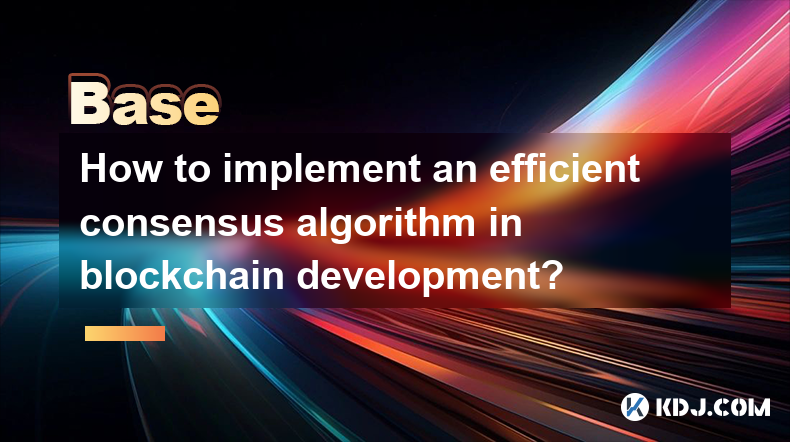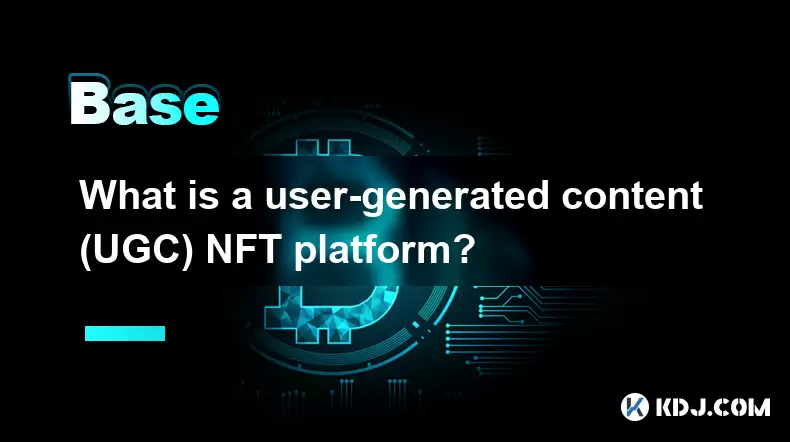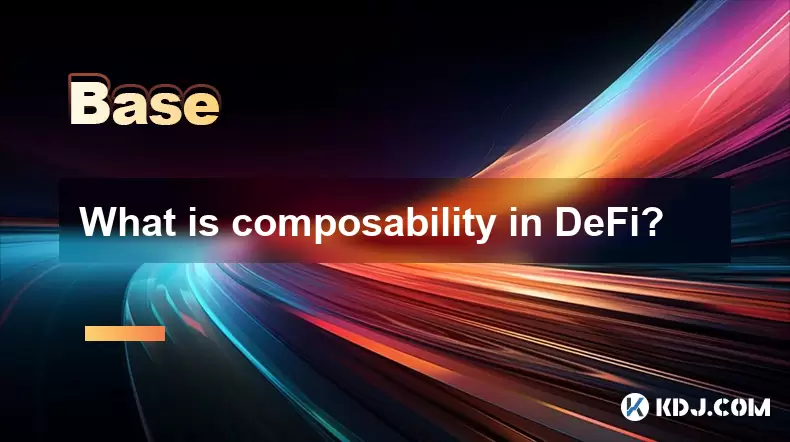-
 Bitcoin
Bitcoin $107,810.8710
-1.45% -
 Ethereum
Ethereum $2,531.4386
-1.75% -
 Tether USDt
Tether USDt $1.0000
-0.03% -
 XRP
XRP $2.2542
-0.99% -
 BNB
BNB $659.1350
-0.50% -
 Solana
Solana $148.5456
-2.40% -
 USDC
USDC $0.9999
-0.02% -
 TRON
TRON $0.2868
-0.44% -
 Dogecoin
Dogecoin $0.1666
-3.65% -
 Cardano
Cardano $0.5751
-2.36% -
 Hyperliquid
Hyperliquid $37.6845
-5.51% -
 Bitcoin Cash
Bitcoin Cash $494.9448
-0.65% -
 Sui
Sui $2.8396
-3.31% -
 Chainlink
Chainlink $13.2423
-2.59% -
 UNUS SED LEO
UNUS SED LEO $9.0482
0.02% -
 Stellar
Stellar $0.2467
-2.44% -
 Avalanche
Avalanche $17.8165
-3.63% -
 Shiba Inu
Shiba Inu $0.0...01158
-2.41% -
 Toncoin
Toncoin $2.7397
-3.42% -
 Hedera
Hedera $0.1560
-2.73% -
 Litecoin
Litecoin $85.8559
-2.34% -
 Monero
Monero $315.3710
-2.30% -
 Dai
Dai $1.0001
0.00% -
 Polkadot
Polkadot $3.3443
-2.03% -
 Ethena USDe
Ethena USDe $1.0001
0.01% -
 Bitget Token
Bitget Token $4.2888
-3.73% -
 Uniswap
Uniswap $7.3388
-1.57% -
 Aave
Aave $278.2986
-3.05% -
 Pepe
Pepe $0.0...09807
-3.67% -
 Pi
Pi $0.4563
-2.39%
How to implement an efficient consensus algorithm in blockchain development?
Efficient blockchain development requires careful selection of a consensus mechanism, balancing security, scalability, and energy consumption, and employing optimization techniques like sharding and layer-2 solutions to enhance performance.
Mar 07, 2025 at 09:24 am

Key Points:
- Understanding the trade-offs between different consensus mechanisms (Proof-of-Work, Proof-of-Stake, etc.) is crucial for efficient blockchain development.
- Choosing the right algorithm depends on the specific needs and priorities of the blockchain project (e.g., security, scalability, energy consumption).
- Efficient implementation requires careful consideration of data structures, network communication protocols, and cryptographic techniques.
- Optimization techniques, such as sharding and layer-2 scaling solutions, can significantly improve the performance of a blockchain network.
- Security considerations are paramount and must be addressed throughout the development process.
How to Implement an Efficient Consensus Algorithm in Blockchain Development?
Choosing the right consensus mechanism is paramount in blockchain development. The efficiency of your blockchain hinges heavily on this decision. Different algorithms offer varying levels of security, scalability, and energy consumption. Understanding these trade-offs is essential before beginning implementation.
Proof-of-Work (PoW), popularized by Bitcoin, prioritizes security through computationally intensive mining. However, its high energy consumption and scalability limitations are well-documented. Ethereum's transition to Proof-of-Stake (PoS) exemplifies a shift towards more energy-efficient alternatives.
Proof-of-Stake (PoS) requires validators to stake their cryptocurrency to participate in consensus. This significantly reduces energy consumption compared to PoW. However, PoS systems can be susceptible to attacks if not carefully designed and implemented, particularly 51% attacks. Delegated Proof-of-Stake (DPoS) addresses some of these concerns by allowing token holders to delegate their voting rights to elected representatives.
Other consensus mechanisms exist, including Practical Byzantine Fault Tolerance (PBFT), which is well-suited for smaller, private blockchains. It offers high throughput and low latency but struggles with scalability in larger networks. Hybrid approaches combining elements of different consensus mechanisms are also being explored to leverage the strengths of each.
Efficient implementation goes beyond algorithm selection. Data structures play a crucial role. Using efficient data structures, such as Merkle trees for data verification, minimizes storage and computational overhead. Network communication is equally important. A well-designed network protocol minimizes latency and maximizes throughput. Careful consideration of network topology and communication protocols is crucial for efficient consensus.
Cryptographic techniques underpin the security and integrity of any blockchain. Choosing secure and efficient cryptographic algorithms is vital. The selection should consider factors like computational cost, security strength, and resistance to known attacks. Regular security audits are essential to identify and address vulnerabilities.
Optimization Techniques:
Several techniques can significantly enhance the efficiency of a blockchain network.
- Sharding: This technique partitions the blockchain into smaller, more manageable shards, allowing for parallel processing of transactions. This improves scalability and throughput significantly.
- Layer-2 Scaling Solutions: These solutions process transactions off-chain, reducing the load on the main blockchain. Examples include state channels, sidechains, and rollups. These solutions offer scalability without compromising the security of the main chain.
- Optimized Data Structures: Using efficient data structures like Merkle trees and Bloom filters can drastically reduce storage and computational requirements.
- Efficient Consensus Protocols: Careful implementation and optimization of the chosen consensus algorithm are critical. This includes minimizing communication overhead and optimizing cryptographic operations.
Implementation Steps:
Implementing a consensus algorithm involves several steps:
- Design and Specification: Clearly define the requirements, including security, scalability, and energy efficiency goals. Choose a suitable consensus algorithm.
- Protocol Implementation: Develop the network protocol for communication between nodes. This includes message formats and handling mechanisms.
- Data Structure Implementation: Implement efficient data structures like Merkle trees and hash tables for data storage and verification.
- Cryptography Integration: Integrate secure cryptographic primitives for digital signatures, hashing, and encryption.
- Testing and Validation: Thoroughly test the implementation to ensure correctness, security, and efficiency.
Security Considerations:
Security is paramount. A poorly secured blockchain is vulnerable to various attacks.
- 51% Attacks: These attacks occur when a single entity controls more than 50% of the network's hashing power (PoW) or stake (PoS). Mitigation strategies involve designing robust consensus protocols and mechanisms to deter malicious actors.
- Sybil Attacks: These involve creating multiple fake identities to gain undue influence on the network. Solutions include reputation systems and identity verification mechanisms.
- Double-Spending Attacks: These involve spending the same cryptocurrency twice. Strong consensus mechanisms and efficient transaction validation prevent these attacks.
- Smart Contract Vulnerabilities: If the blockchain utilizes smart contracts, securing them against vulnerabilities is crucial. Regular audits and rigorous testing are essential.
Common Questions:
Q: What is the most efficient consensus algorithm?
A: There is no single "most efficient" algorithm. The best choice depends on the specific needs of the blockchain project, balancing security, scalability, and energy consumption. PoS generally offers better energy efficiency than PoW, but PoW might be preferred for its established security track record in some contexts.
Q: How can I improve the throughput of my blockchain?
A: Implement sharding, layer-2 scaling solutions, optimize data structures, and carefully tune the consensus algorithm. Network optimization and efficient communication protocols are also crucial.
Q: What are the security risks associated with implementing a consensus algorithm?
A: The major risks include 51% attacks, Sybil attacks, double-spending attacks, and vulnerabilities in smart contracts (if applicable). Robust design, rigorous testing, and regular security audits are essential to mitigate these risks.
Q: What programming languages are best suited for blockchain development?
A: Many languages are used, including but not limited to: Solidity (for Ethereum smart contracts), Go (for high-performance applications), Rust (for its memory safety), and C++ (for its performance and control). The choice often depends on the specific needs of the project and the developer's expertise.
Disclaimer:info@kdj.com
The information provided is not trading advice. kdj.com does not assume any responsibility for any investments made based on the information provided in this article. Cryptocurrencies are highly volatile and it is highly recommended that you invest with caution after thorough research!
If you believe that the content used on this website infringes your copyright, please contact us immediately (info@kdj.com) and we will delete it promptly.
- KuCoin, AI Incentives, and Gaming RWA: A New Era?
- 2025-07-08 14:30:12
- Meme Token Mania: SPX6900, TOKEN6900, and the Degens Driving Crypto's Brain Rot
- 2025-07-08 14:30:12
- Bitcoin Gains and Strategy Reports: What's the Haps?
- 2025-07-08 15:10:12
- Ripple, XRP ETF, Latest Data: Hopes Fade but Innovation Blooms?
- 2025-07-08 15:10:12
- Eric Trump, Bitcoin Asia, and Hong Kong: A Power Trio Shaping Crypto's Future
- 2025-07-08 14:50:12
- Pumpfun, Token Sale, and Gate Exchange: What's the Deal?
- 2025-07-08 14:50:12
Related knowledge

What is a user-generated content (UGC) NFT platform?
Jul 04,2025 at 01:49pm
Understanding the Concept of a UGC NFT PlatformA user-generated content (UGC) NFT platform is a digital marketplace or ecosystem where users can create, mint, and trade non-fungible tokens (NFTs) that represent ownership of original digital content they produce. Unlike traditional NFT platforms where creators often include professional artists or develo...

What is composability in DeFi?
Jul 06,2025 at 04:07pm
Understanding the Concept of Composability in DeFiComposability in DeFi refers to the ability of decentralized finance protocols and smart contracts to interact seamlessly with one another, much like building blocks that can be combined in various ways to create new financial products and services. This concept is a core innovation within the DeFi ecosy...

What is a "crypto primitive"?
Jul 05,2025 at 10:14pm
Defining the Concept of a Crypto PrimitiveIn the context of blockchain and cryptocurrency, a crypto primitive refers to a fundamental building block or foundational element used in constructing decentralized systems and cryptographic protocols. These primitives are essential for enabling secure transactions, consensus mechanisms, and smart contract exec...

What is a crypto narrative?
Jul 07,2025 at 10:56pm
Defining the Concept of a Crypto NarrativeA crypto narrative refers to the overarching story or theme that drives interest, investment, and development within a particular segment of the cryptocurrency market. Unlike traditional financial assets, cryptocurrencies often gain momentum not solely based on technical merits but through compelling narratives ...

What is a stealth launch?
Jul 08,2025 at 06:42am
What Exactly Defines a Stealth Launch in Cryptocurrency?A stealth launch refers to the practice of launching a cryptocurrency project without prior public announcement or marketing efforts. This method is often used by development teams who prefer to keep their project under wraps until it reaches a certain level of maturity, adoption, or liquidity. Unl...

What is a fair launch?
Jul 05,2025 at 07:31pm
Understanding the Concept of a Fair LaunchA fair launch refers to the release of a cryptocurrency or blockchain project in a manner that ensures equal opportunity for all participants. Unlike traditional token launches, which may involve private sales, venture capital funding, or pre-mining, a fair launch emphasizes transparency and decentralization. In...

What is a user-generated content (UGC) NFT platform?
Jul 04,2025 at 01:49pm
Understanding the Concept of a UGC NFT PlatformA user-generated content (UGC) NFT platform is a digital marketplace or ecosystem where users can create, mint, and trade non-fungible tokens (NFTs) that represent ownership of original digital content they produce. Unlike traditional NFT platforms where creators often include professional artists or develo...

What is composability in DeFi?
Jul 06,2025 at 04:07pm
Understanding the Concept of Composability in DeFiComposability in DeFi refers to the ability of decentralized finance protocols and smart contracts to interact seamlessly with one another, much like building blocks that can be combined in various ways to create new financial products and services. This concept is a core innovation within the DeFi ecosy...

What is a "crypto primitive"?
Jul 05,2025 at 10:14pm
Defining the Concept of a Crypto PrimitiveIn the context of blockchain and cryptocurrency, a crypto primitive refers to a fundamental building block or foundational element used in constructing decentralized systems and cryptographic protocols. These primitives are essential for enabling secure transactions, consensus mechanisms, and smart contract exec...

What is a crypto narrative?
Jul 07,2025 at 10:56pm
Defining the Concept of a Crypto NarrativeA crypto narrative refers to the overarching story or theme that drives interest, investment, and development within a particular segment of the cryptocurrency market. Unlike traditional financial assets, cryptocurrencies often gain momentum not solely based on technical merits but through compelling narratives ...

What is a stealth launch?
Jul 08,2025 at 06:42am
What Exactly Defines a Stealth Launch in Cryptocurrency?A stealth launch refers to the practice of launching a cryptocurrency project without prior public announcement or marketing efforts. This method is often used by development teams who prefer to keep their project under wraps until it reaches a certain level of maturity, adoption, or liquidity. Unl...

What is a fair launch?
Jul 05,2025 at 07:31pm
Understanding the Concept of a Fair LaunchA fair launch refers to the release of a cryptocurrency or blockchain project in a manner that ensures equal opportunity for all participants. Unlike traditional token launches, which may involve private sales, venture capital funding, or pre-mining, a fair launch emphasizes transparency and decentralization. In...
See all articles

























































































